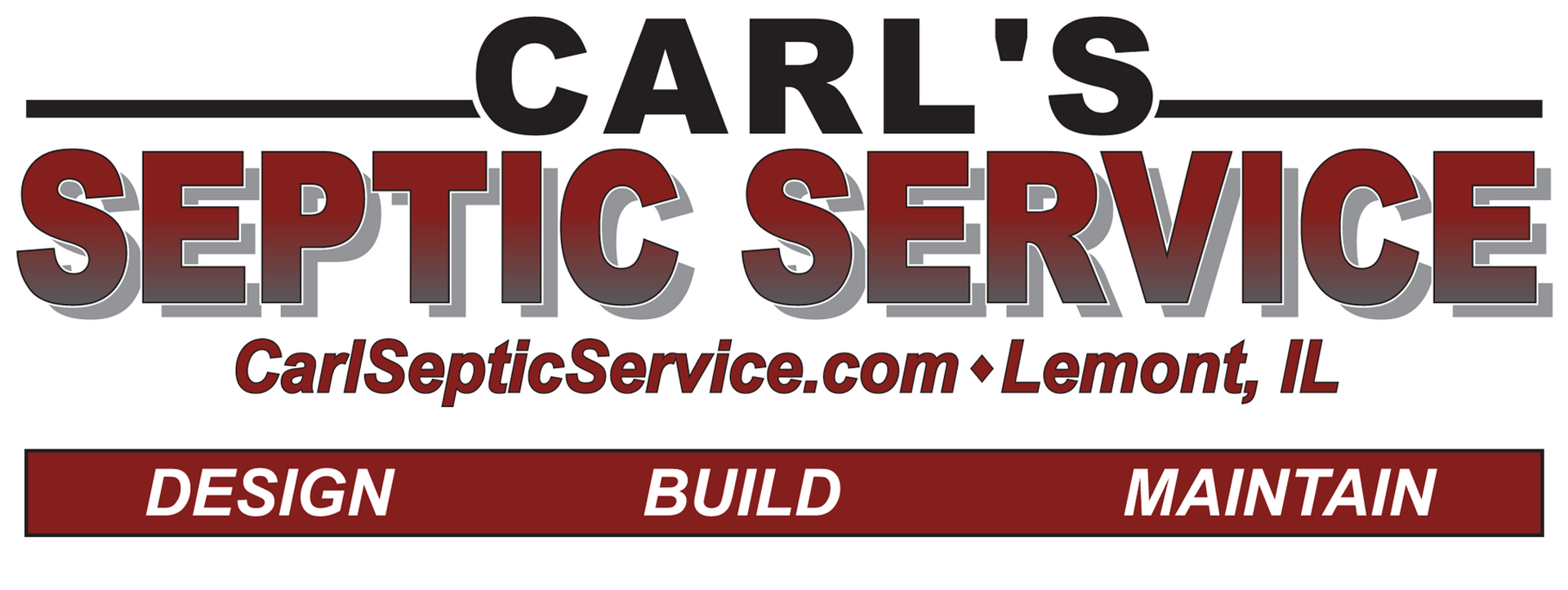How Septic Tanks and Systems Work
Carl's Septic Service Inc
Learn About How Your Septic System Functions
Septic tanks work through basic plumbing and biology. All your household wastewater exits your home through a pipe to the septic tank. Bacteria grows in the septic tank and digests the solids in the wastewater, reducing them into liquid, fats and grease, and insoluble particles. The fine insoluble particles settle to the bottom of the septic tank, forming sludge. Grease and fats float to the top and form a scum layer. The liquid effluent flows through the outlet pipe into the absorption field or drainfield. A T-shaped outlet baffle on the outlet pipe prevents the sludge and scum from leaving the tank and clogging the drainfield area. If the outlet baffle of your septic tank does not have a filter, it is recommended to have one installed for added protection of your drainfield.
Septic Tanks and Aerobic Treatment Units
Septic tanks use anaerobic bacteria to digest solid waste, as anaerobic bacteria are capable of living or growing in an environment lacking free oxygen. On the other hand, many septic systems today are constructed using advanced treatment systems or aerobic treatment units (ATUs).
The primary difference between how septic tanks and advanced treatment systems or ATUs work is the bacteria. Advanced treatment systems and ATUs use aerobic bacteria to digest solid waste. Aerobic bacteria is the opposite of anaerobic, as it requires an ample supply of free oxygen to live and grow.
Septic Tank Construction
Septic tanks are buried watertight containers typically made of concrete, fiberglass, or polyethylene and are constructed with one or two compartments. The perceived benefit of a two-compartment tank is that more particles will settle out of the effluent in the second compartment. The influx of wastewater will not disturb the settling process in the second compartment.
Understanding how a septic tank works and how it is different than an aerobic treatment unit is an important first step in understanding how all the components of your septic system work together. Septic tanks are the primary treatment of wastewater, and ATUs or advanced treatment systems are the secondary treatment. Drainfields are the final treatment by the soil and help with the dispersal of water back into the earth.
Contact Carl's Septic Service Inc today for more information about how septic tanks work!

Share On: